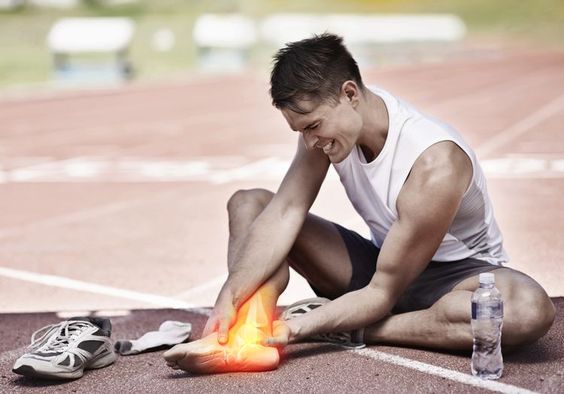Introduction
Whether you're a seasoned athlete or a weekend warrior, sports injuries are an unfortunate reality. From minor sprains to serious fractures, these injuries can sideline you from the activities you love and impact your overall well-being. While some sports injuries are unavoidable accidents, many can be prevented with proper preparation and precautions.

This comprehensive guide delves into the realm of sports injuries, exploring effective prevention strategies and outlining essential treatment protocols. We'll equip you with the knowledge to minimize your risk and navigate the road to recovery should an injury occur.
Understanding Common Sports Injuries
Sports injuries encompass a wide range of conditions, each with its own set of causes and symptoms. Some of the most prevalent types include:
- Sprains and Strains: Overstretching or tearing ligaments (sprains) or muscles and tendons (strains) are common, often occurring in the ankles, knees, wrists, and thumbs.
- Fractures: Breaks in bones due to impact or stress, frequently affecting the wrists, arms, and ankles.
- Dislocations: Bones forced out of their normal position at a joint, often the shoulder, elbow, finger, or kneecap.
- Concussions: Traumatic brain injuries caused by a blow to the head, leading to various symptoms like headache, dizziness, and confusion.
Recognizing the signs and symptoms of specific injuries is crucial for determining the appropriate course of action and seeking timely medical attention.
Effective Prevention Strategies
Preventing sports injuries should be a top priority for athletes of all levels. By implementing these strategies, you can significantly reduce your risk:
1. Warm-up and Cool-down: Engaging in dynamic stretching and light cardio before activity prepares your muscles, while static stretching post-workout improves flexibility and aids recovery.
2. Proper Technique: Using correct form during your chosen sport reduces strain on your body and minimizes injury risk. Seek guidance from coaches or trainers to improve technique.
3. Gradual Progression: Avoid pushing your body too hard, too soon. Gradually increase the intensity, duration, and frequency of your workouts to allow for adaptation.
4. Rest and Recovery: Allow your body adequate time to recover between strenuous activities, preventing overuse injuries. Incorporate rest days into your training schedule.
5. Proper Equipment and Gear: Ensure your equipment, including footwear, protective gear, and sports-specific items, is appropriate, well-maintained, and fits properly.
Treatment and Rehabilitation
Even with the best prevention efforts, injuries can still happen. Here's a general approach to treating sports injuries:
- R.I.C.E. Protocol: For acute injuries, follow the Rest, Ice, Compression, and Elevation protocol to reduce pain and swelling.
- Pain Management: Over-the-counter pain relievers or prescription medications can alleviate discomfort.
- Physical Therapy: A qualified physical therapist can design a customized rehabilitation program to restore strength, flexibility, and range of motion.
- Surgery: In some cases, surgical intervention may be necessary to repair severe injuries.
Remember, early diagnosis and treatment are crucial for optimal recovery. Consult a healthcare professional for any sports-related injury to ensure proper care.





